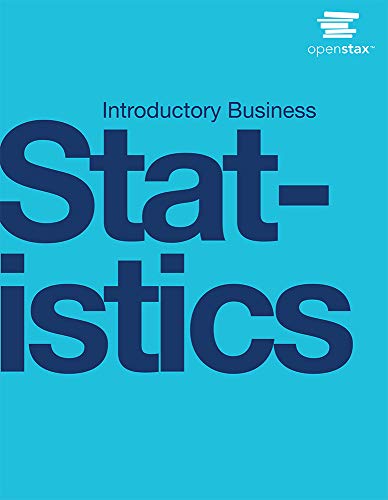Answered step by step
Verified Expert Solution
Question
1 Approved Answer
answer all of the questions and FRQ they can be simple and don't have to write a lot make sure to number the answers the
answer all of the questions and FRQ they can be simple and don't have to write a lot make sure to number the answers
the refnecis Ap microecomocims unit 4
there is no other information just answer the questions




























Step by Step Solution
There are 3 Steps involved in it
Step: 1

Get Instant Access with AI-Powered Solutions
See step-by-step solutions with expert insights and AI powered tools for academic success
Step: 2

Step: 3

Ace Your Homework with AI
Get the answers you need in no time with our AI-driven, step-by-step assistance
Get Started






























